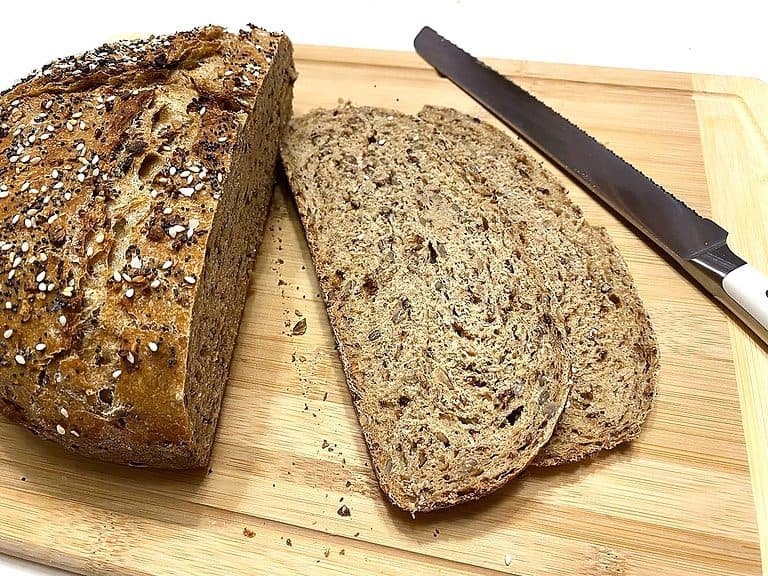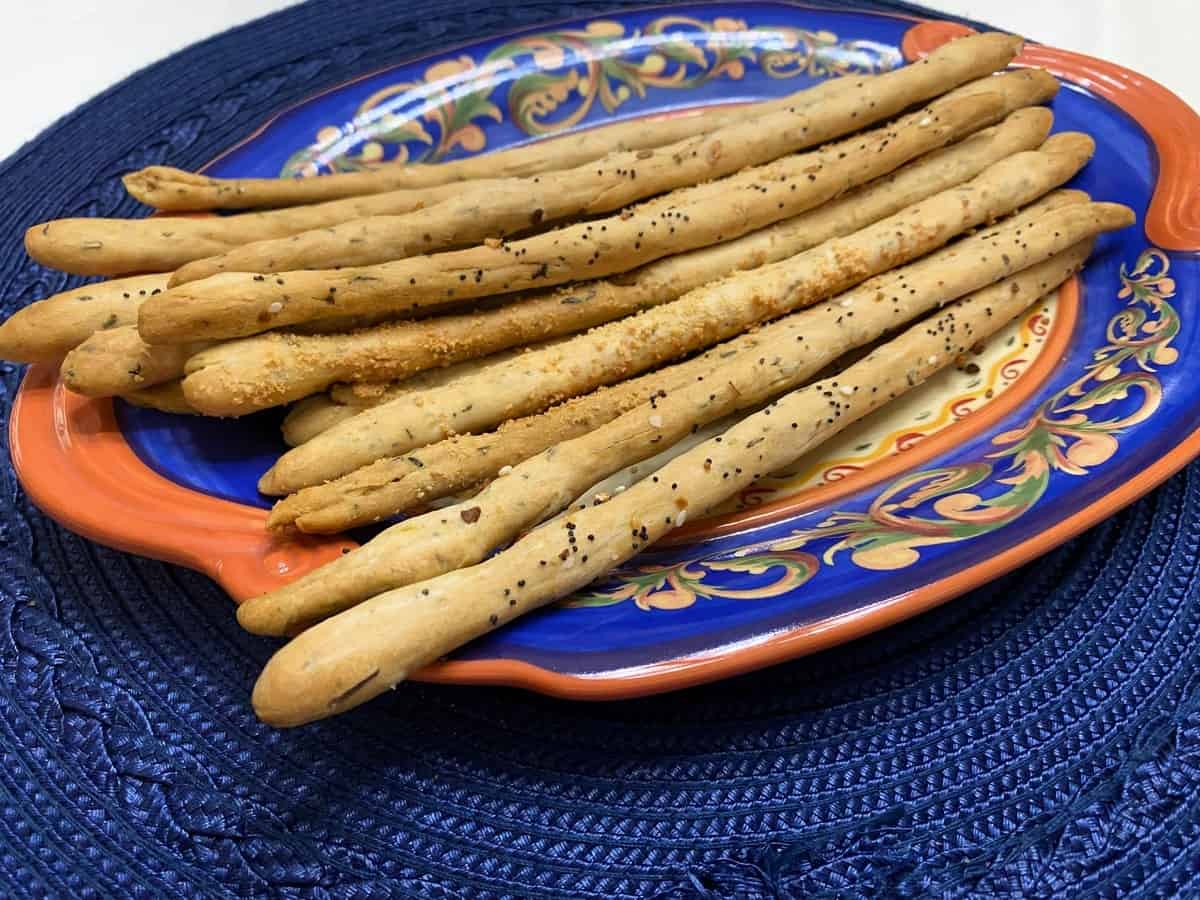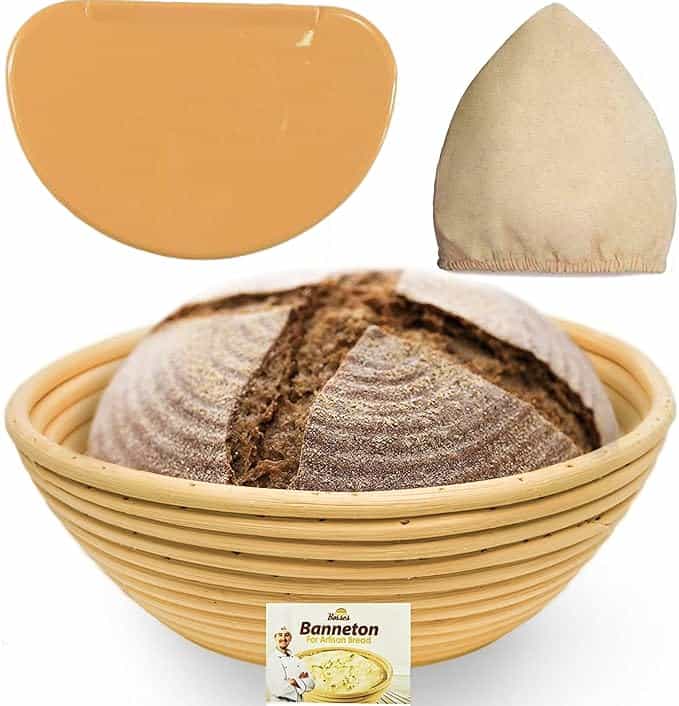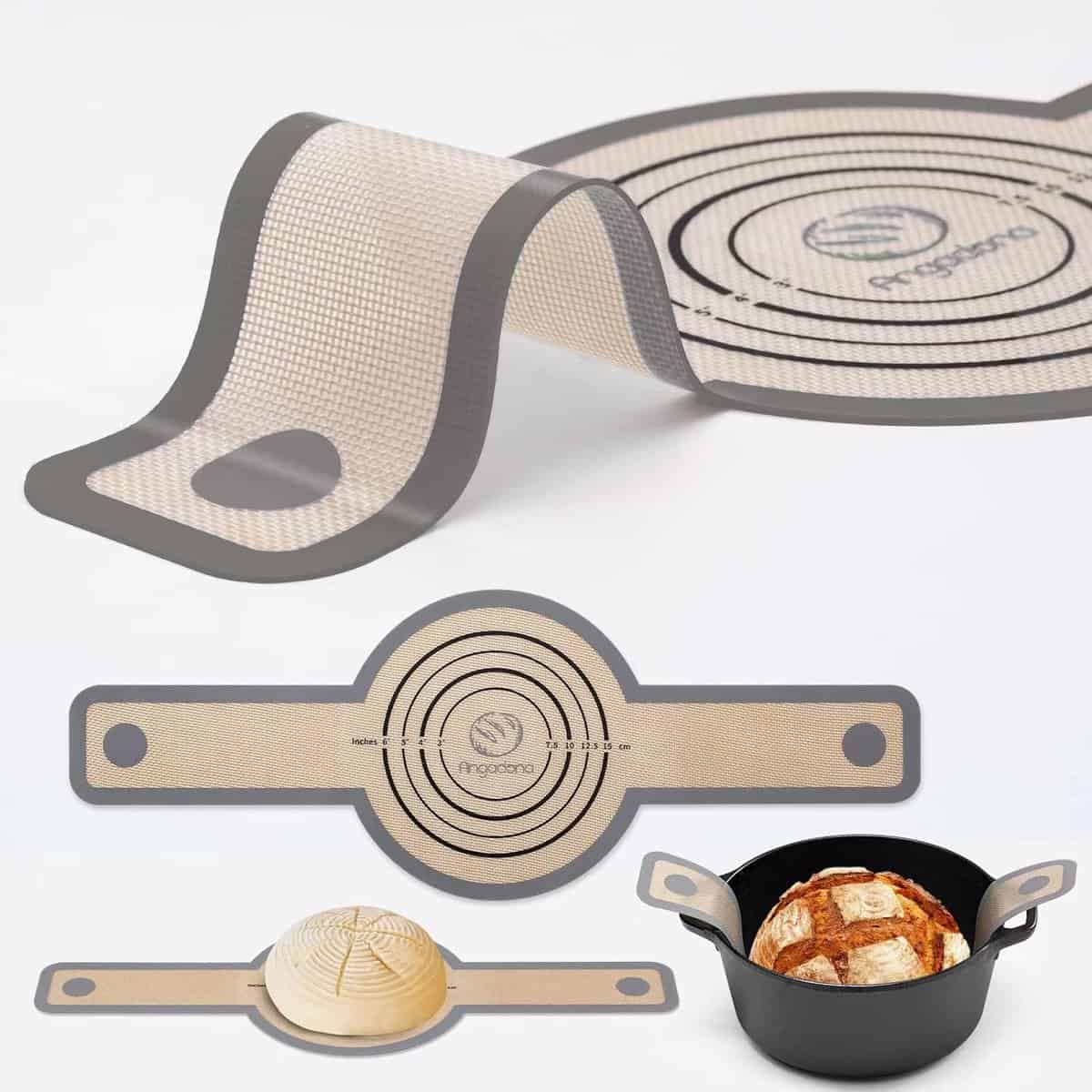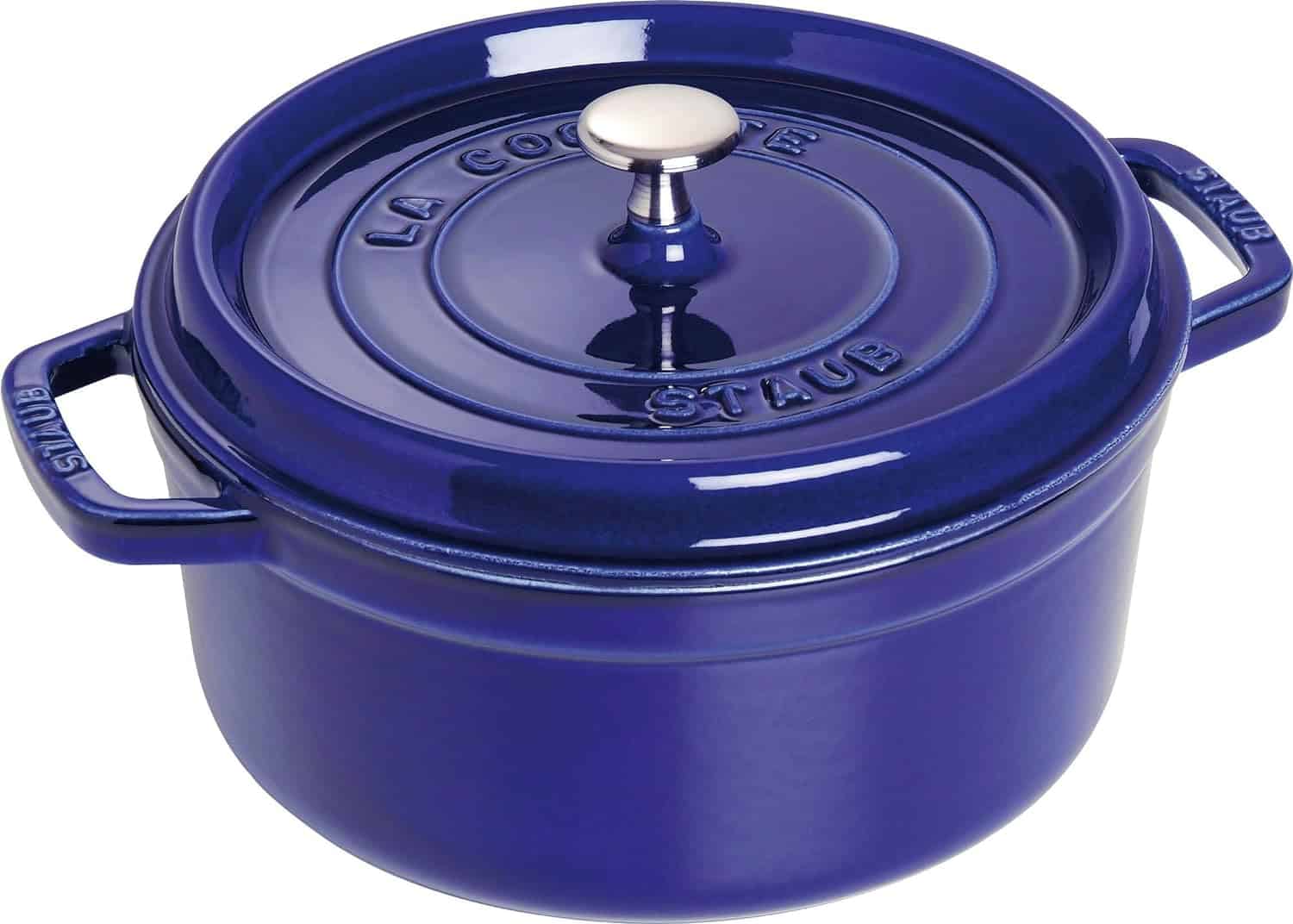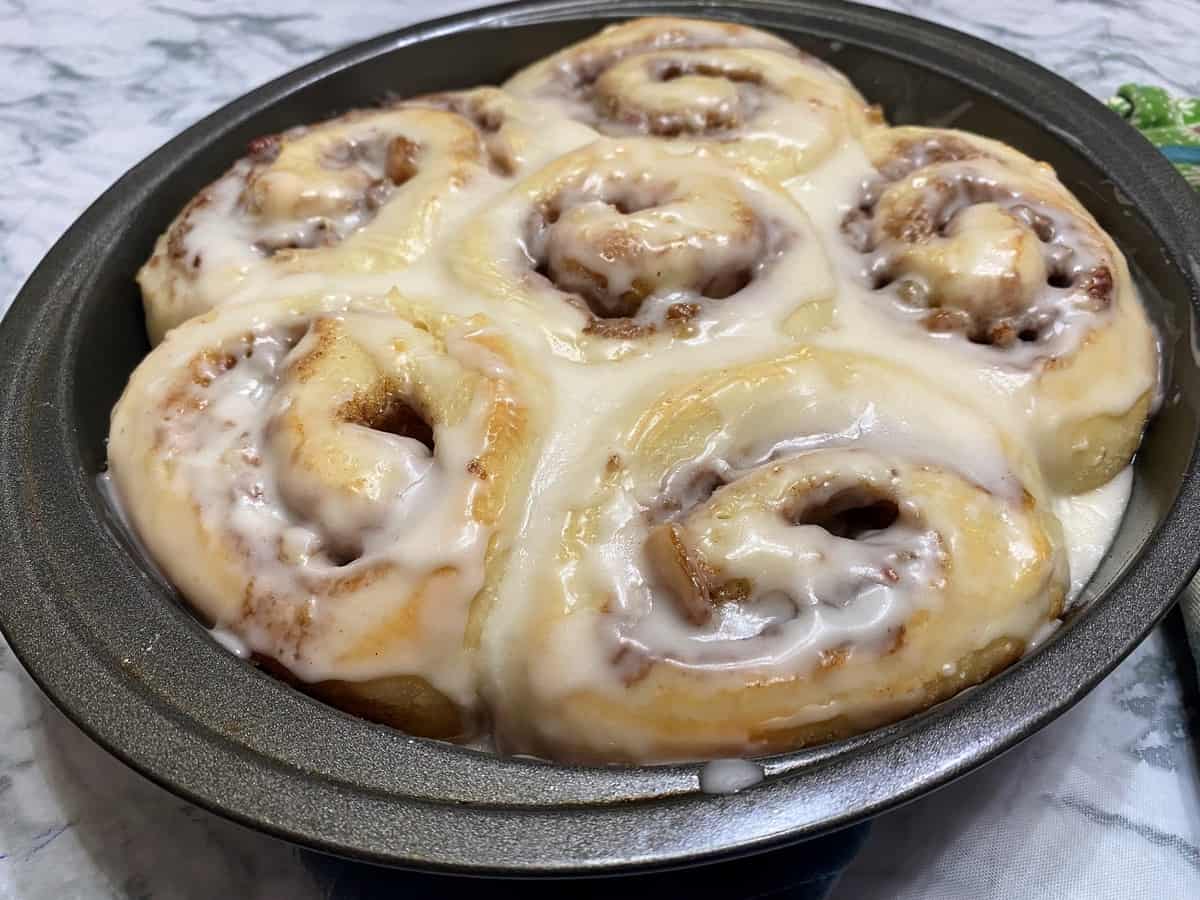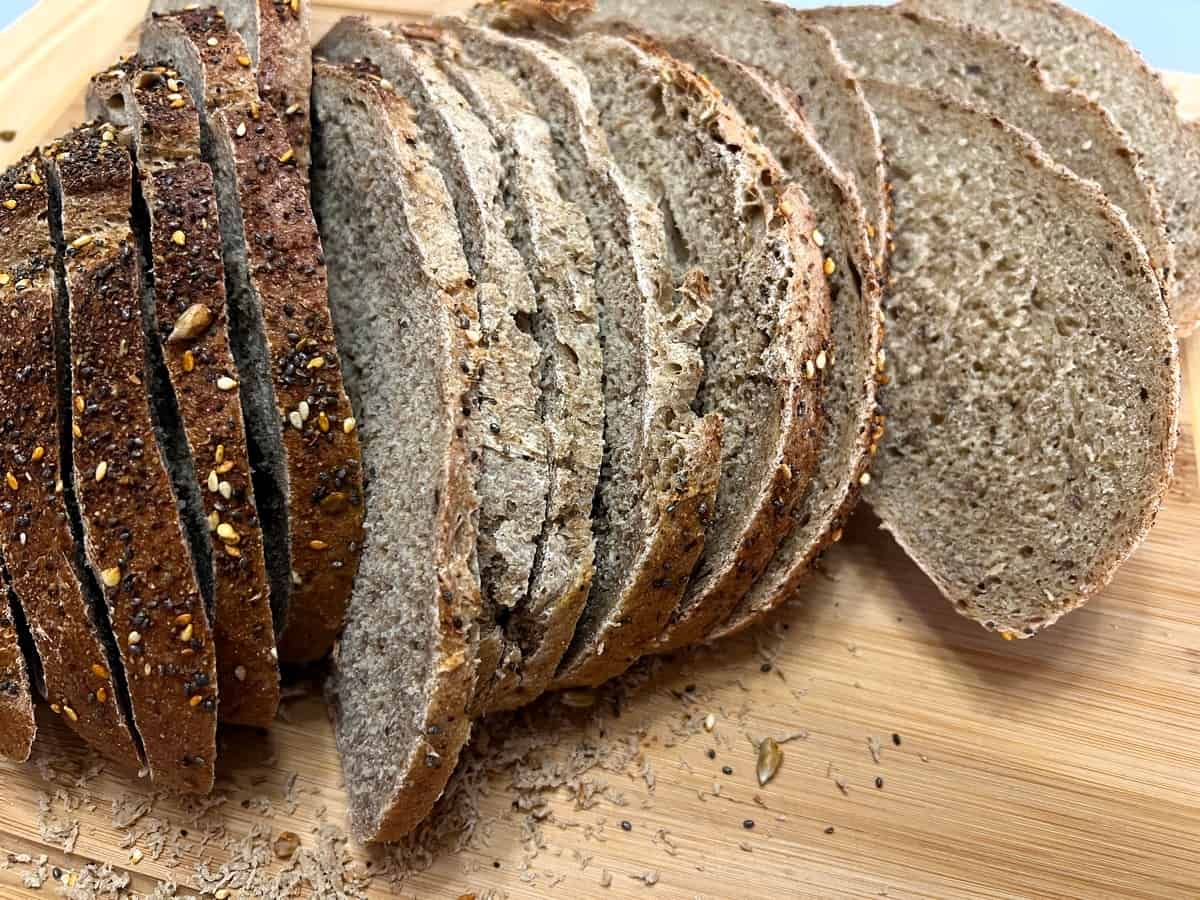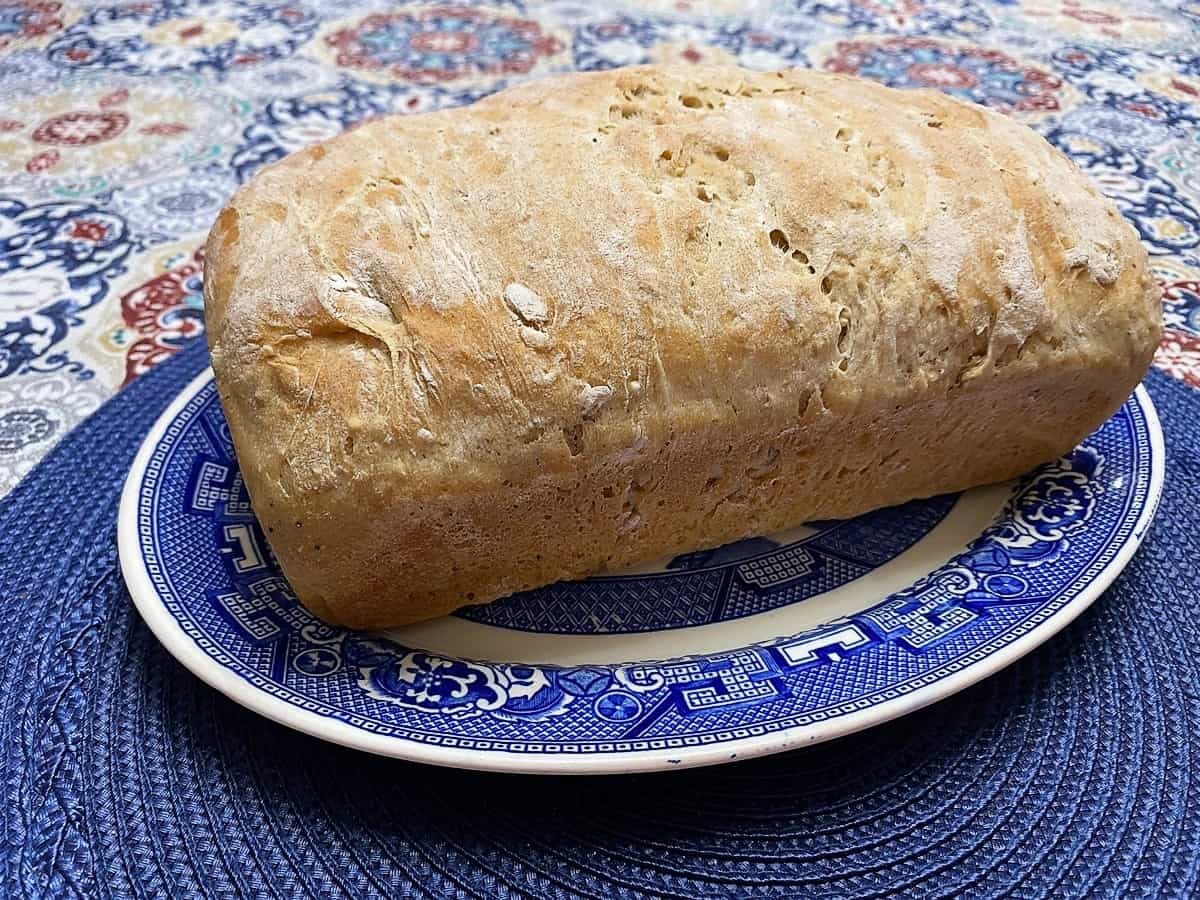All About Sourdough
My Adventures with Sourdough began in June 2013. After all those years of baking some sort of sourdough bread each week, I can still say that we dearly love it. There are many recipes that use Sourdough Starter, and it’s what I use in my everyday baking.
Below are my favorite sourdough recipes. Note that there are two types of recipes for sourdough. 1) unfed or discard recipes; and 2) fed or active recipes.
Remember, the more you use your sourdough, the more vigorous and sour it will be become. I hope that your adventures with sourdough will be as enjoyable as mine.
Make Your Sourdough Starter
All it takes is one week
There is much to learn on the Internet about this old-time tradition of sourdough baking, and I did a lot of studying before I began my first batch. When it came time to make my starter, however, I went with a recipe I found on King Arthur Recipes, with a couple of changes in the directions. You may also opt to buy your starter from them, but I decided to make mine from scratch.
The beginning process takes a week, where you will stir and then feed your starter until it begins to ferment and sour. You’ll store your covered crock of starter on your kitchen counter this first week, but after that, you may refrigerate it in a glass jar or ceramic container until you’re ready to use it. This is especially helpful if you don’t intend to bake sourdough every day.
It’s also worth mentioning that a lot of sourdough bakers give their starter a name. I named mine “Bertha.” She is a living thing, after all.
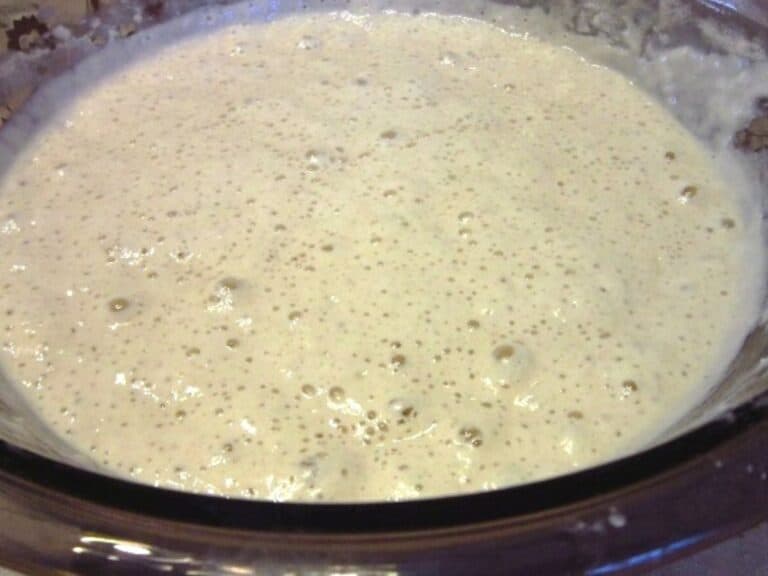
My Adventures with Sourdough
In June 2013, My Adventures with Sourdough began. After all these years of baking some sort of sourdough bread each week, I can still say that we dearly love it.
Sign Up To Receive New Recipes When Published
Learn About Sourdough Discard
Don’t discard your starter
“Unfed” starter is what some people call the “discard”. This starter (levain or the mother dough) has been sitting in the fridge or on the counter unused for a day or two and has not been fed. So, rather than “discard” the “unfed” starter, you may use it in what I call quick bread recipes, such as muffins, pancakes, biscuits, etc. You may even make cookies, pie dough, or cakes with it. The “unfed” starter is used for imparting its flavor, rather than its leavening power.
Of course, another option is to give a cup of discard to a friend, so she can begin her sourdough journey!
Favorite Tools for Baking Sourdough Bread
This post may contain affiliate links, which means I may receive a commission if you make a purchase using these links. As an Amazon Associate, and a King Arthur Baking affiliate, I earn from qualifying purchases.
Learn About Active Sourdough Starter
The More You Use Your Starter the More Active it becomes
Once your starter is sour and active, you may refrigerate it in a glass jar or ceramic container until you’re ready to use it. This is especially helpful if you don’t intend to bake sourdough every day. Try to remember to bring your starter to room temperature before you use it, which lengthens the preparation time by about 30-40 minutes.
To feed your starter, add 1 cup all-purpose flour and 1/2 cup warm water. Mix together to combine and allow it to grow. This may take 1-2 hours (or more) depending on the temperature of your kitchen.
There are times when I’ll use my starter every day. When that happens, I simply feed it once a day and then use the starter as desired. I keep it on my counter and no refrigeration is necessary. Then when I’m done baking, I’ll return it to the refrigerator.

More Active Sourdough Recipes



